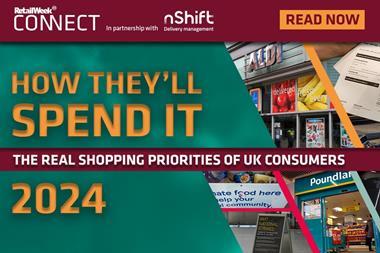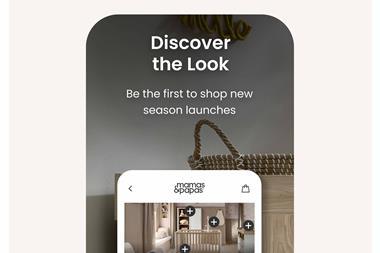Creating the best customer experience is essential to building profitability and loyalty. So what should ecommerce and multichannel retailers do when there appears to be a tension between giving the customer what they want and doing what is best for profit? nShift’s Lars Dige Pedersen explores.
Developing the best approach to dealing with returns is a major retail battleground. But brands and retailers can use returns to build customer loyalty and protect profits by thinking beyond ‘share of wallet’ and focusing on ‘share of life’.
Returns: the silent profit killer
Online returns are fast becoming the silent profit killer. Customers have high expectations. If it’s not obvious how a product can be sent back, countless consumers simply won’t buy it in the first place.
But if returns are inevitable, how can retailers benefit from them? The answer is in two parts: minimise the financial hit and use returns to maximise customer loyalty.
1. Minimising the revenue hit
Handled well, some 30% of returns can be converted into exchanges. Not only does that mean retaining revenue, but it also satisfies the customer, improves loyalty and increases the likelihood of repeat purchase.
We are increasingly seeing retailers taking an active interest in creating second-hand markets, reselling pre-loved stock, which is not yet at end of life, as well as offering repair services.
2. Maximising customer loyalty
Many retailers are thinking beyond share of wallet, and increasingly focusing on share of life. If the cost of a relationship now is a returned item, then what’s the best way to ensure that good customers keep coming back?
New data techniques are increasingly spotting the difference between someone who will always return goods and the potentially loyal customers who will only send back items for very good reasons.
Most retailers still offer immediate refunds on returns. The customer may go away happy, but the retailer loses out. A more tailored approach to returns could transform that picture.
In the case of customers who egregiously abuse returns policies, retailers might charge a collection fee. At the other end of the spectrum, they may think in terms of making returns easier still, with payments refunded in seconds.
If the customer relationship really begins when a non-customer goes to the online checkout and clicks on the buy button, then an early test of that relationship is how the retailer deals with requests to return the goods.
Get this first step right and they could be a customer for life.
Smarter use of technology and data is giving online and omnichannel retailers the tools to influence how customer relationships develop. Find out more about how nShift can help ecommerce and multichannel retailers create and automate the right returns procedure.

Dr Lars Dige Pedersen is the chief executive of nShift, a global leader in parcel delivery management and shipment software

























